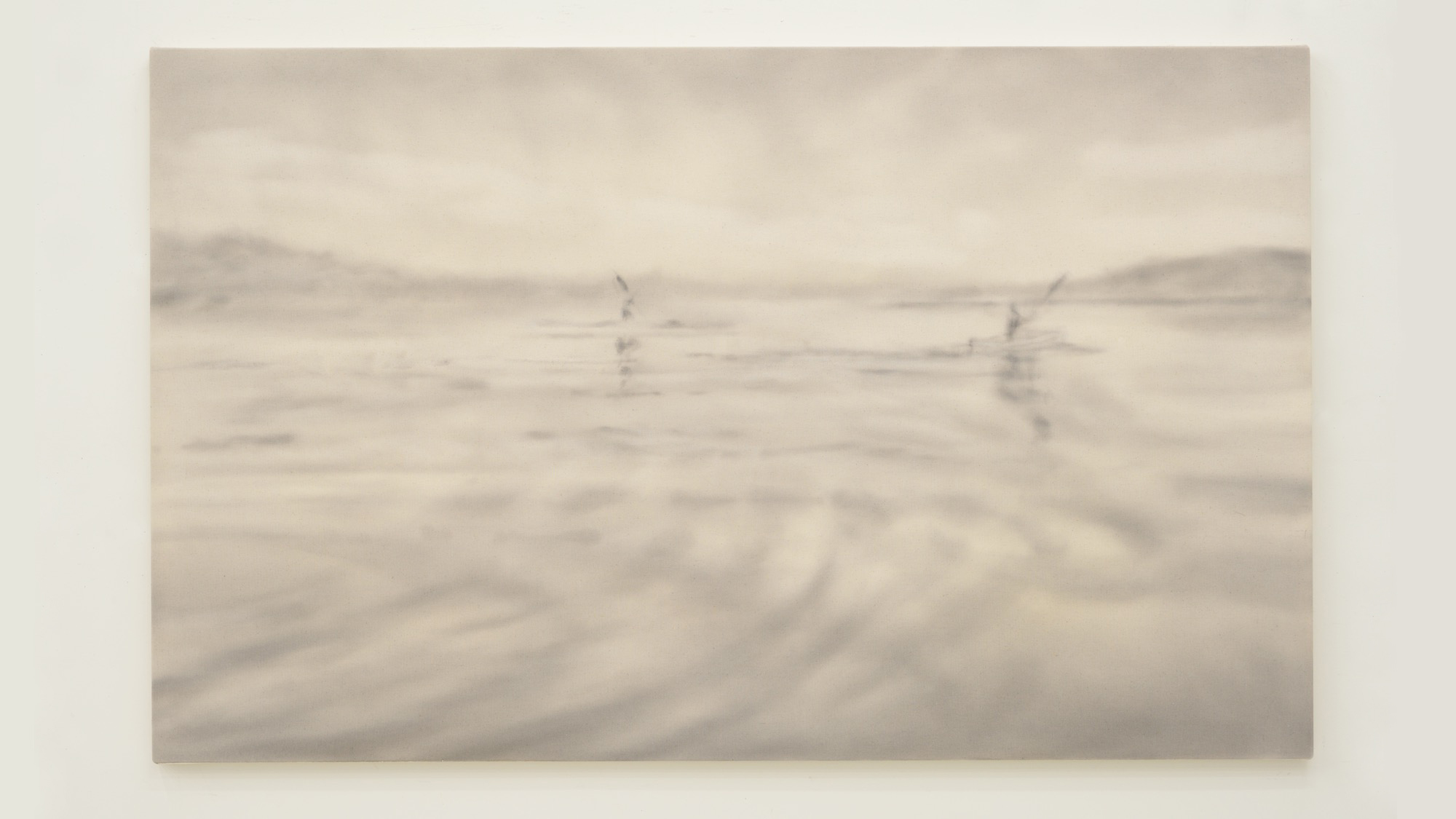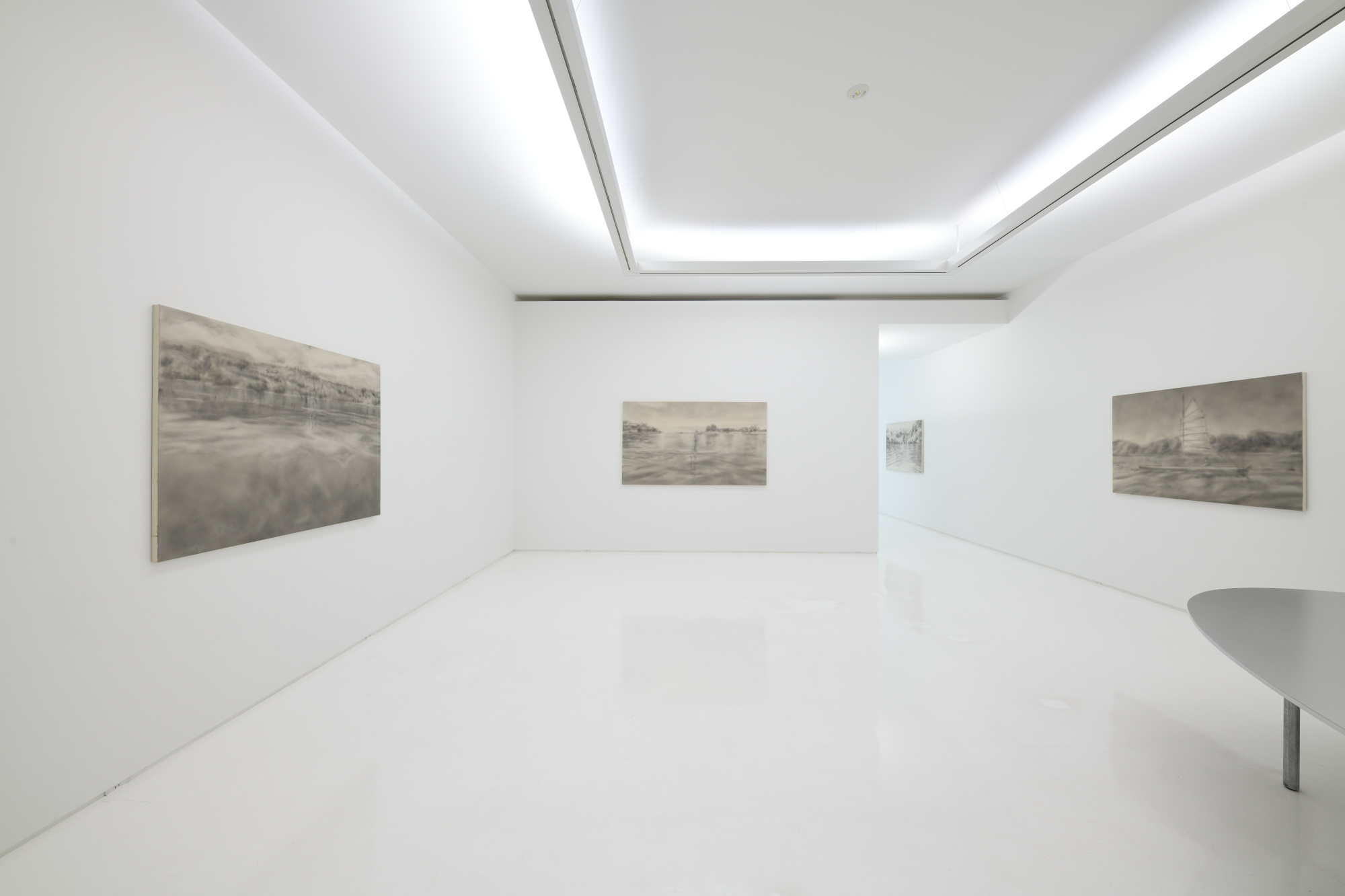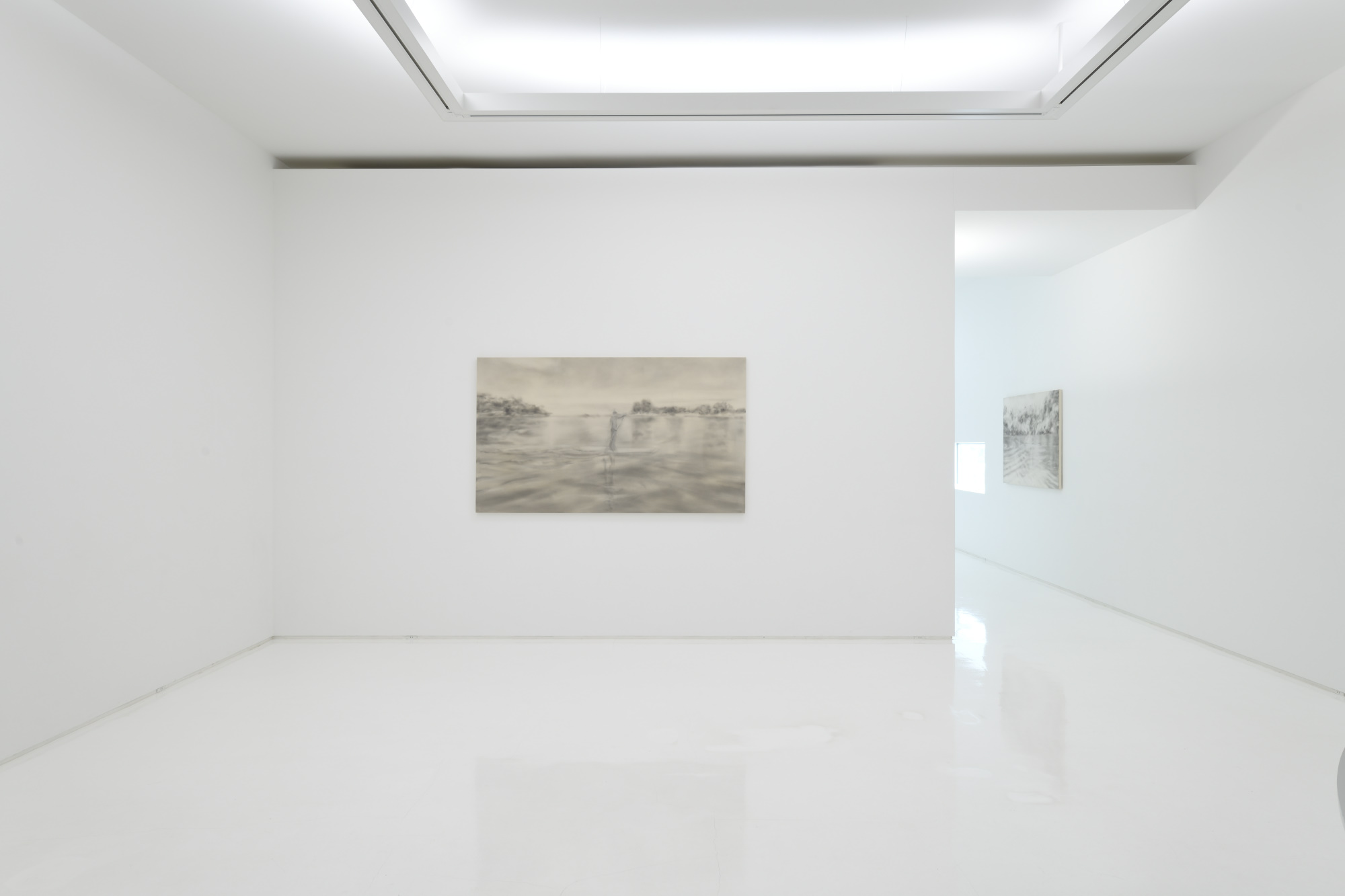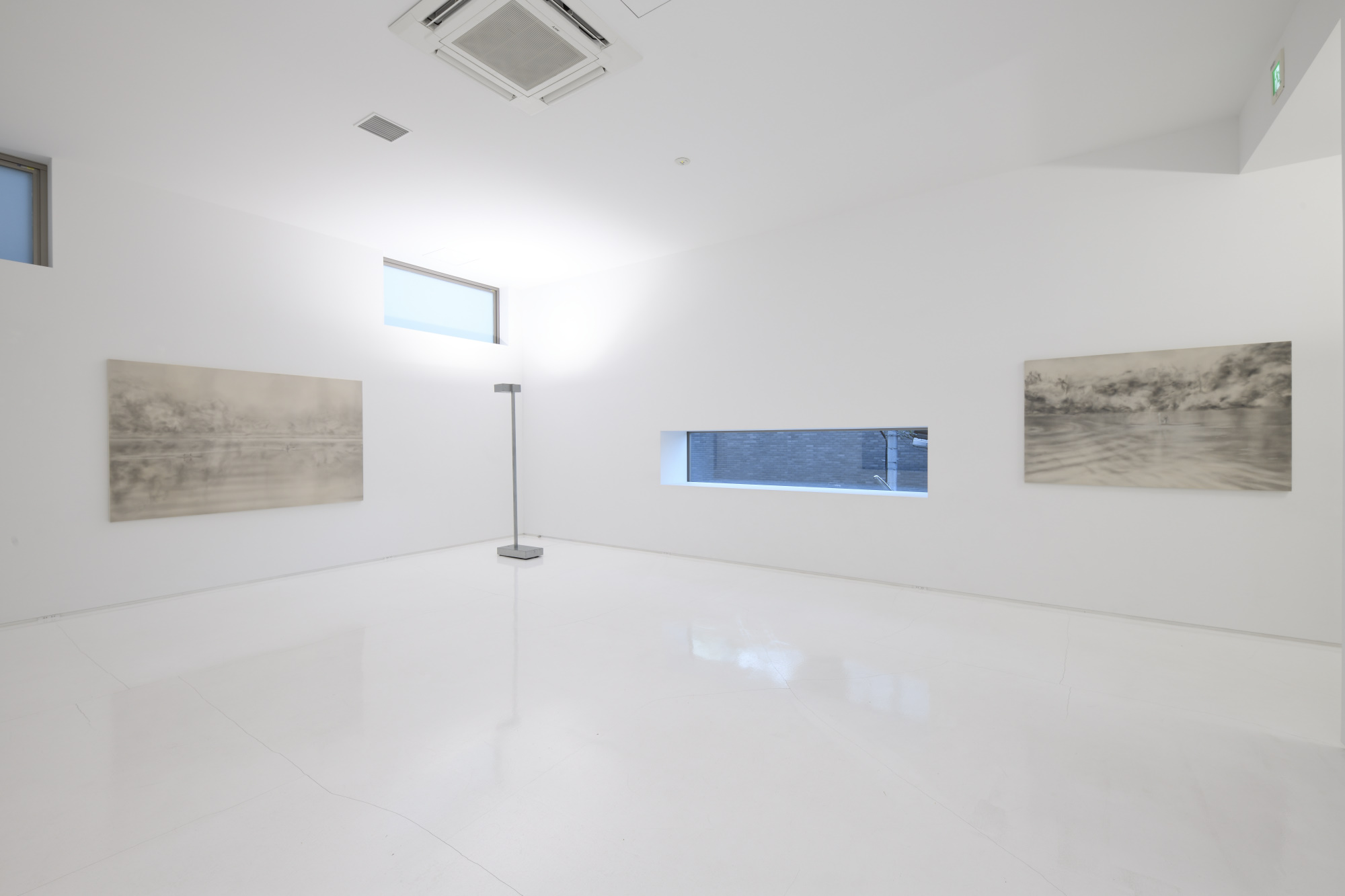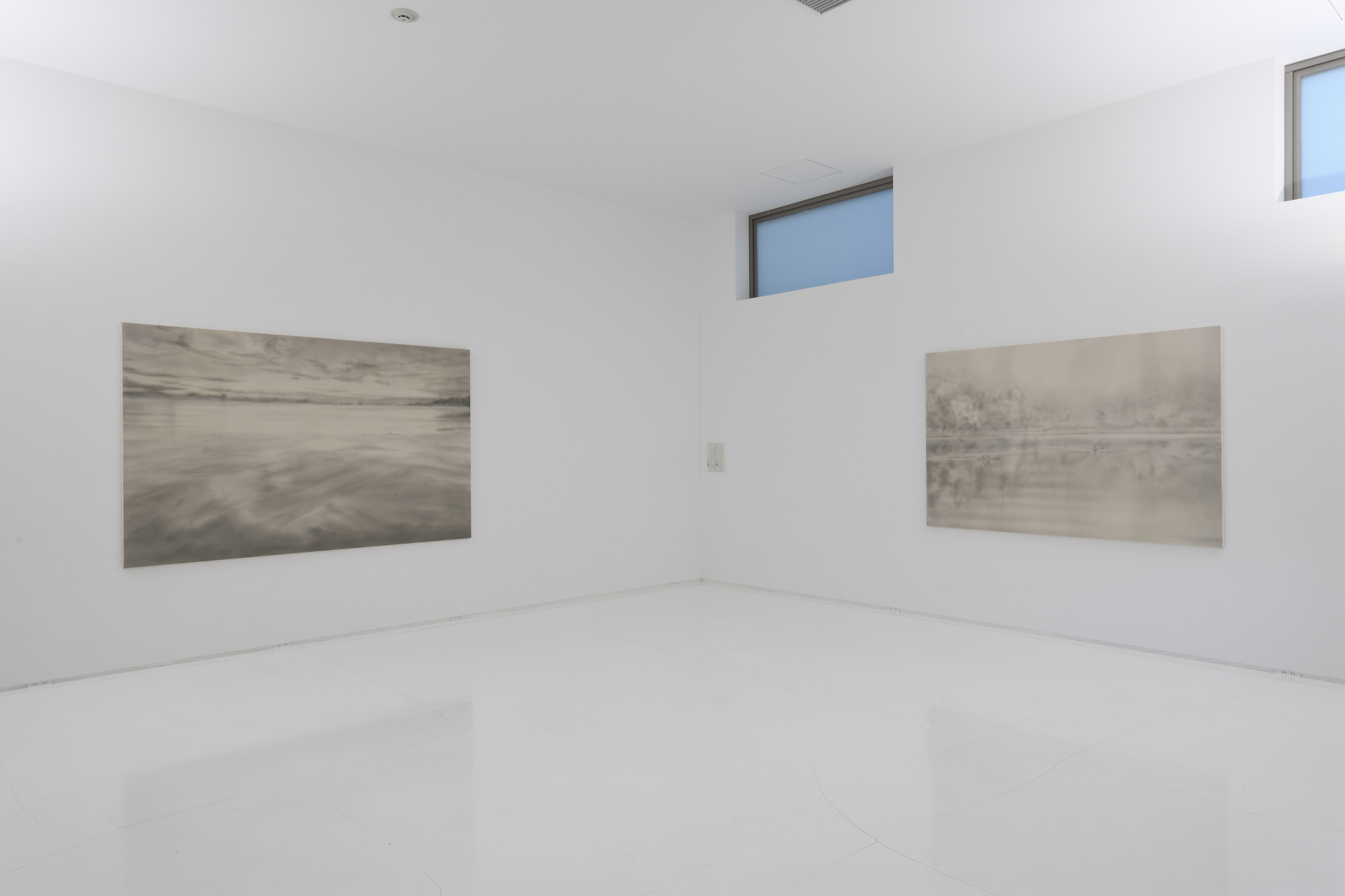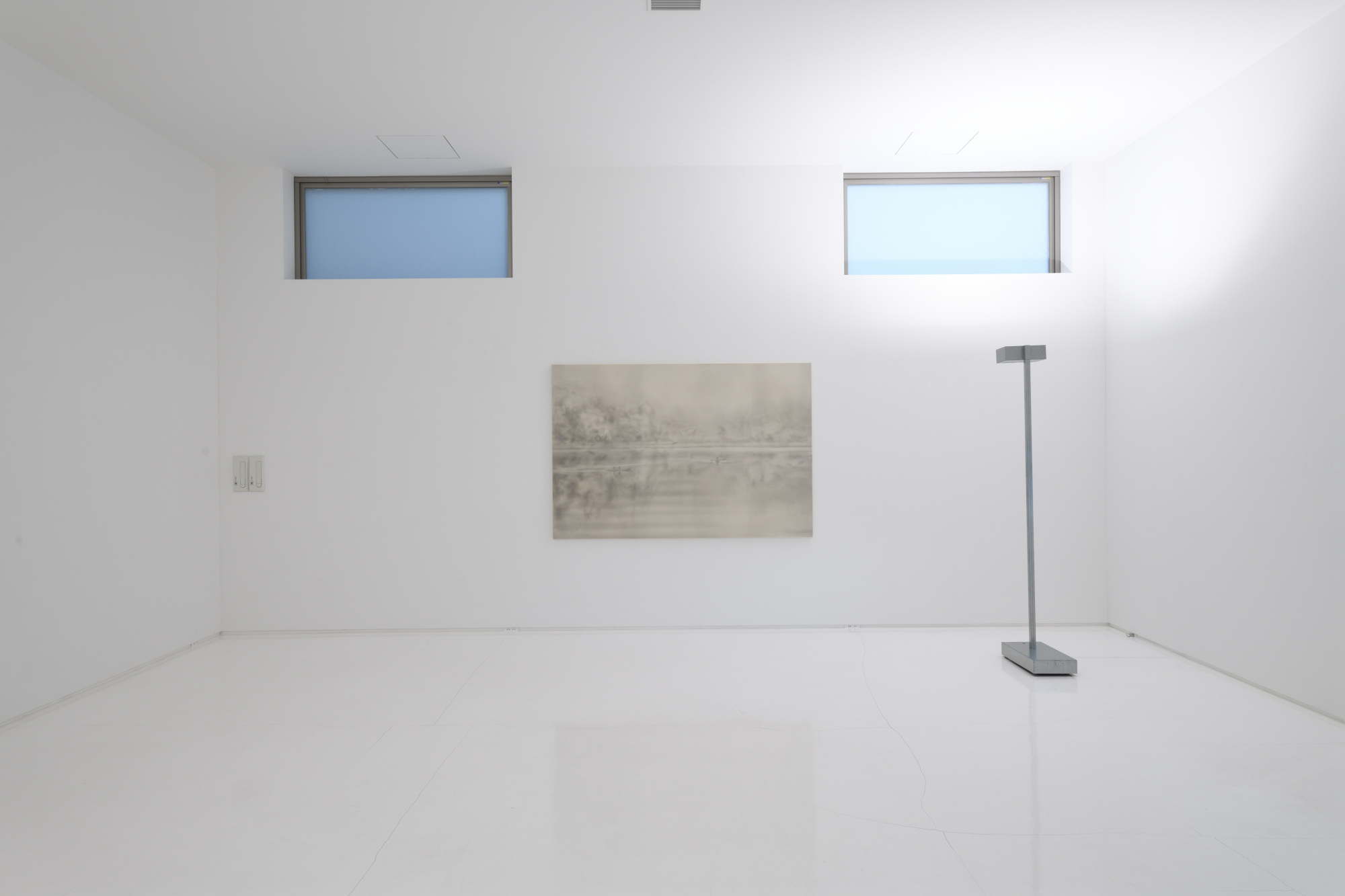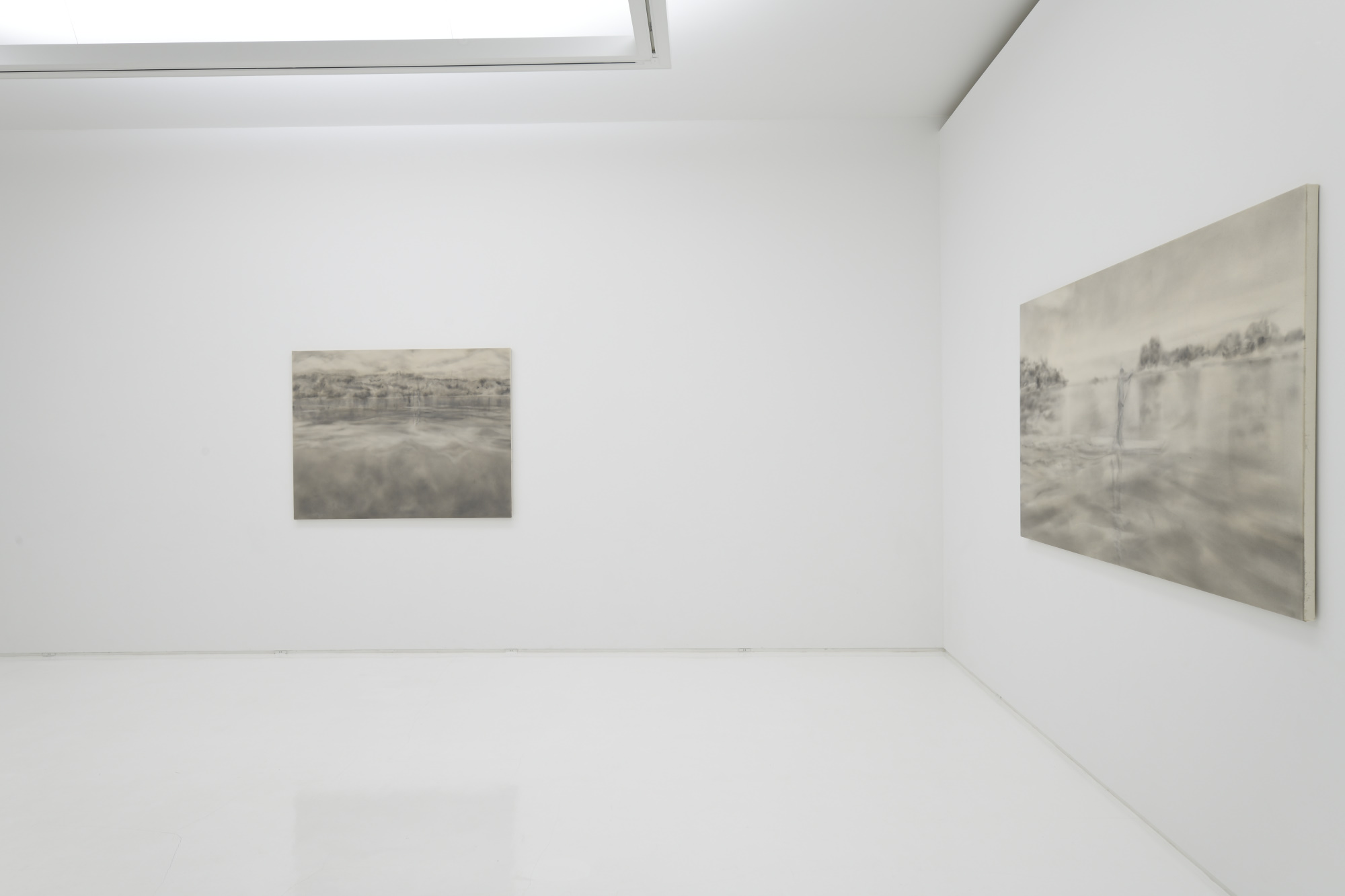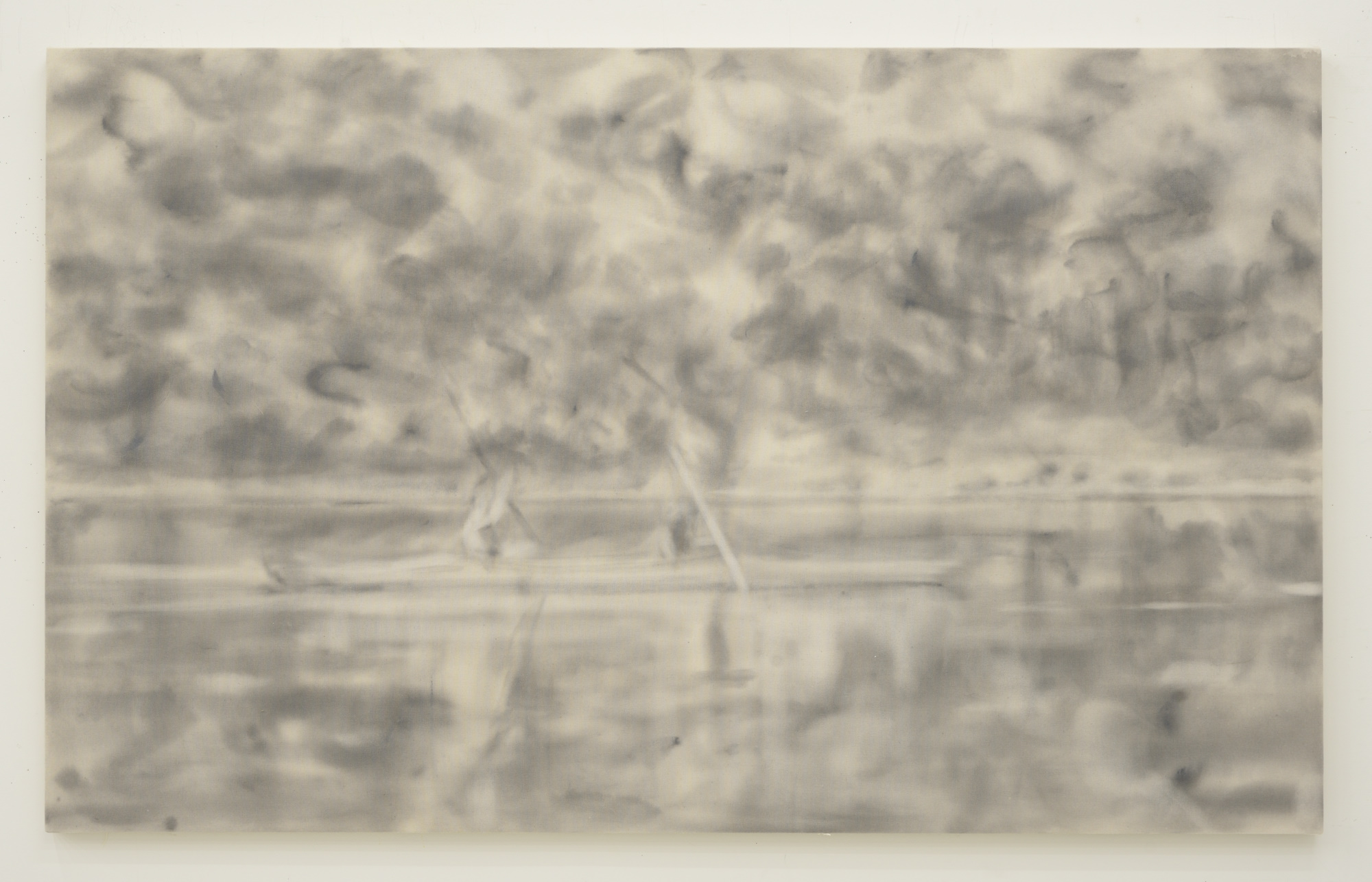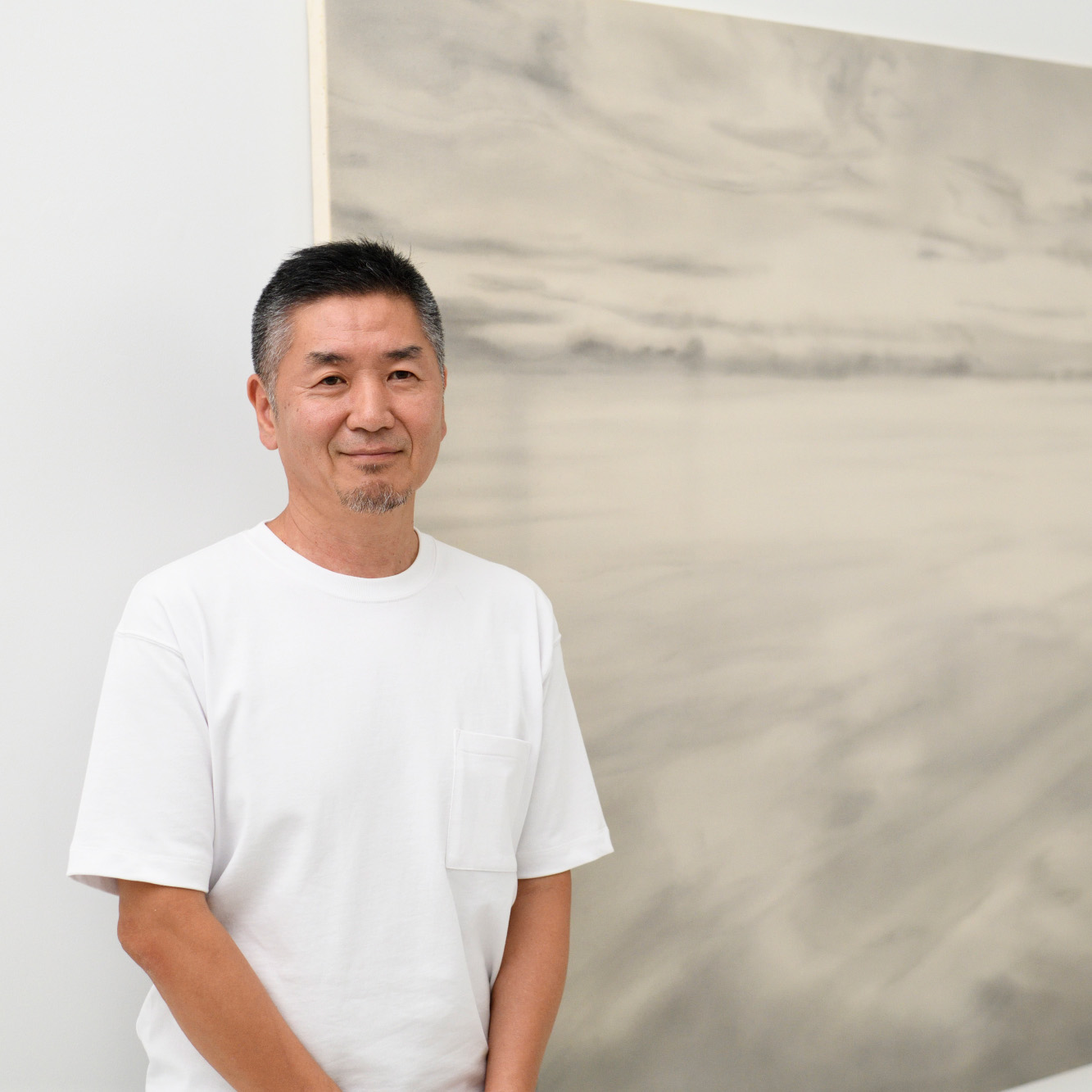Born in Niigata, Japan in 1964. Maruyama currently lives and works in Tokyo. He has become one of the most important painters in Japan since the 1990s. The artist incorporates the stain technique, a painting technique using cotton cloths soaked with water and acrylics, in order to depict his motifs which are so soft that they melt with time and place. His paintings are figurative yet abstract, ushering the viewers to a plateau where there is no boundary between a subject and an object; in other words, the viewers become part of his paintings. Maruyama’s painting practice is bolstered by his diligent, rational and sincere research and practice of “the possibility of the spaces that exist only inside paintings.” He has been a Professor in the Painting Department at the Musashino Art University since 2000. Maruyama received The Minister of Education, Culture, Sports, Science and Technologyʼs Art Encouragement Prize for New Artists in 2008.
Selected exhibitions: puddle, Keteleer Gallery, Antwerp, 2025; NO DATE, ShugoArts, Tokyo, 2025; HIRAKU Project Vol.14 Naofumi Maruyama Kicking the Water: Sengokuhara, Pola Museum of Art, Kanagawa, 2023; Kicking the Water, ShugoArts, Tokyo, 2022; Lascaux and Weather, ShugoArts,Tokyo, 2018; FLOWING, Wooson Gallery, Daegu, 2017; GROUND2: Talking About Paintings, Talking About Seeing, Musashino Art University Museum & Library, Tokyo, 2016; Niigata Creations ‒ Museum in Motion, Niigata City Art Museum, Niigata, 2014; Floating Boat, Toyota Municipal Museum of Art, Aichi, 2011; Transparent Footsteps, ShugoArts, Tokyo, 2010; the front in the back, Meguro Museum of Art, Tokyo, 2008; Portrait Session, Hiroshima City Museum of Contemporary Art, Hiroshima, 2007; The Elegance of Silence: Contemporary Art from East Asia, Mori Art Museum, Tokyo, 2005; HAPPINESS: A SURVIVAL GUIDE FOR ART + LIFE, Mori Art Museum, Tokyo, 2003; Taipei Biennial: Great Theatre of the World, Taipei Fine Arts Museum, Taipei, 2002; MOT Annual 1999: Modest Radicalism, Museum of Contemporary Art Tokyo, 1999; 8th Triennale-India, Lalit Kala Akademi, National Academy of Art, New Delhi, 1994; Solo at Satani Gallery Tokyo, 1992


